Viper’s bugloss or blueweed (Echium vulgare) is related to borage (Borago) and the forget-me-nots (Myosotis), it belongs to the Boraginaceae family. Depending on the location, it grows to a height of between 50 and 100 centimetres. Its flowers are pink when closed, turning purple when they open and blue when they fade. The flowering period can last from June to October.
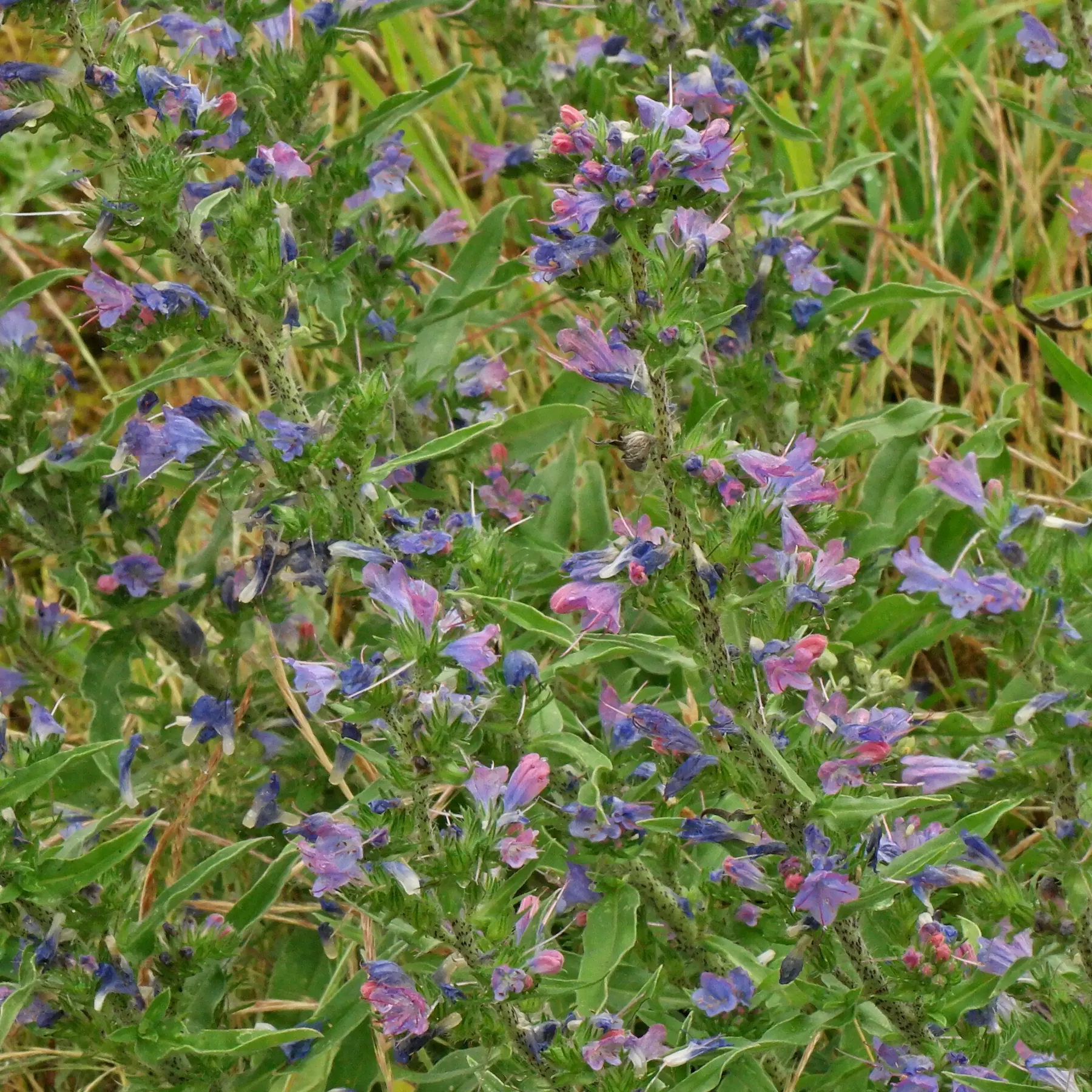
Echium vulgare usually grows as a biennial but sometimes also as a perennial. It spreads by seed, of which it produces many. Thanks to its long taproot, it can survive well in dry locations.

Distribution area & biotopes
Viper’s bugloss is native to most European countries. In Asia, its natural range extends as far as China. In Australia, North America, South Africa and other regions it can be found as a naturalised species (source).
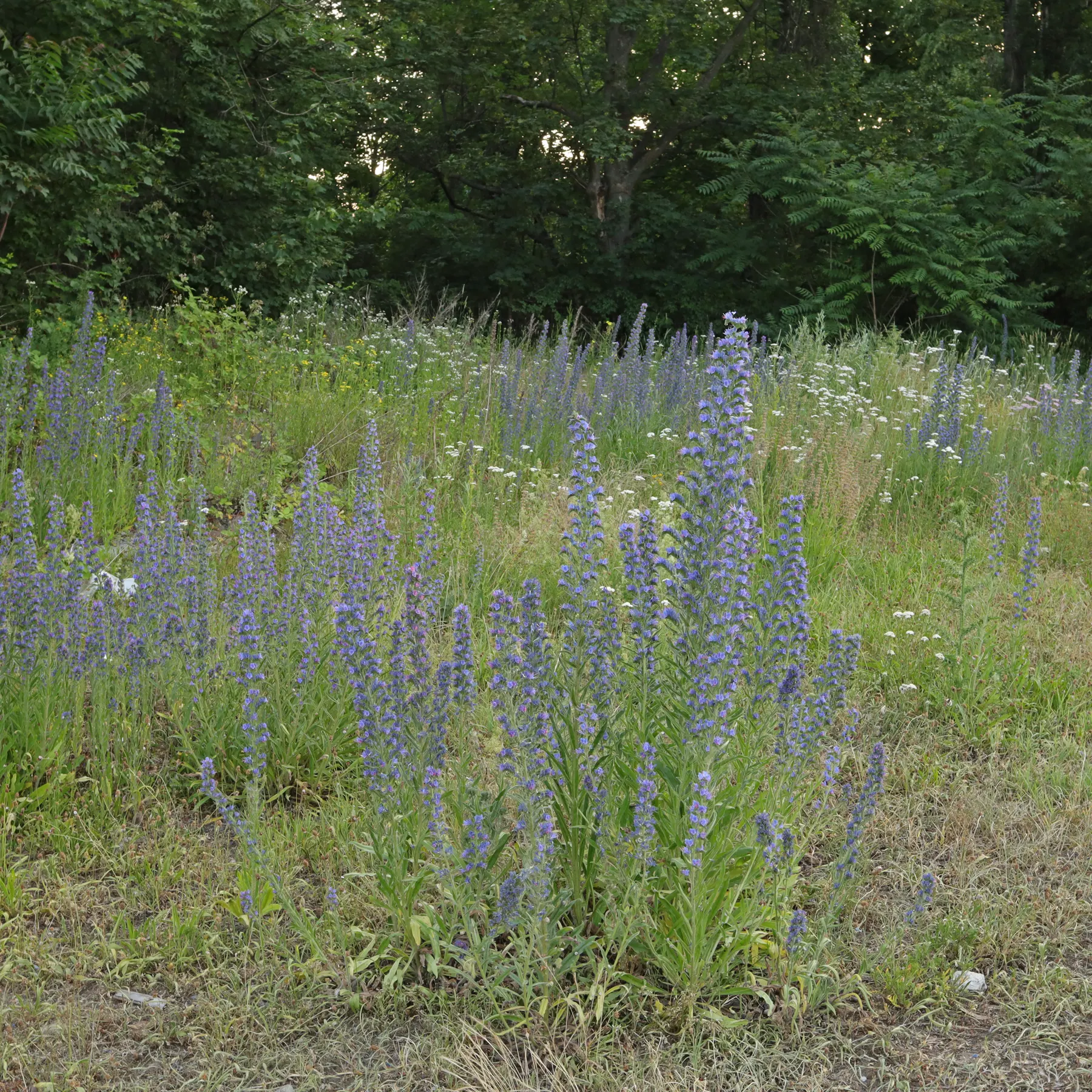
Echium vulgare grows on embankments, dams, along roadsides, in meadows and sometimes on walls, steps and between paving stones.

Pollinators
Pollinating insects include bumblebees and other wild bees as well as honeybees.
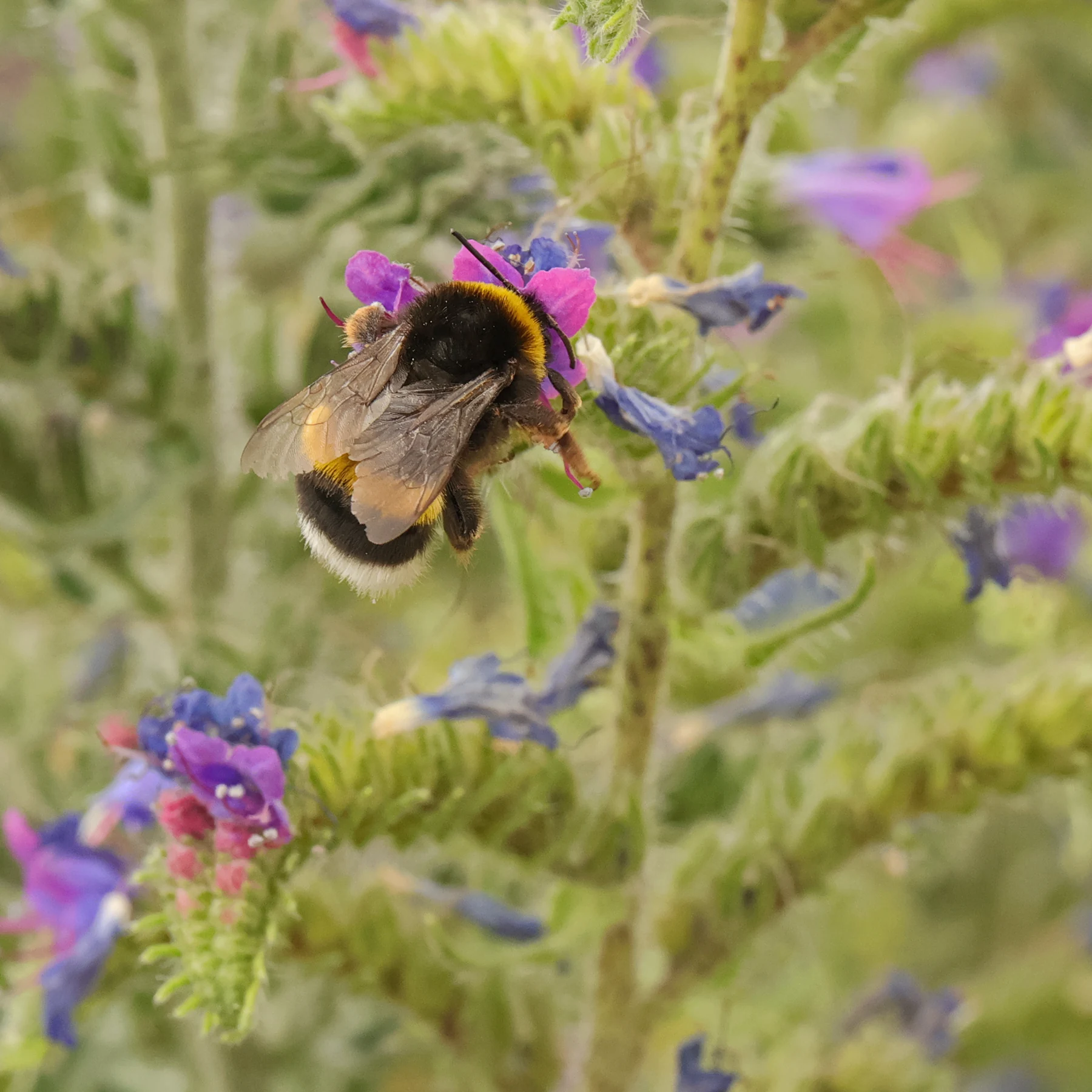
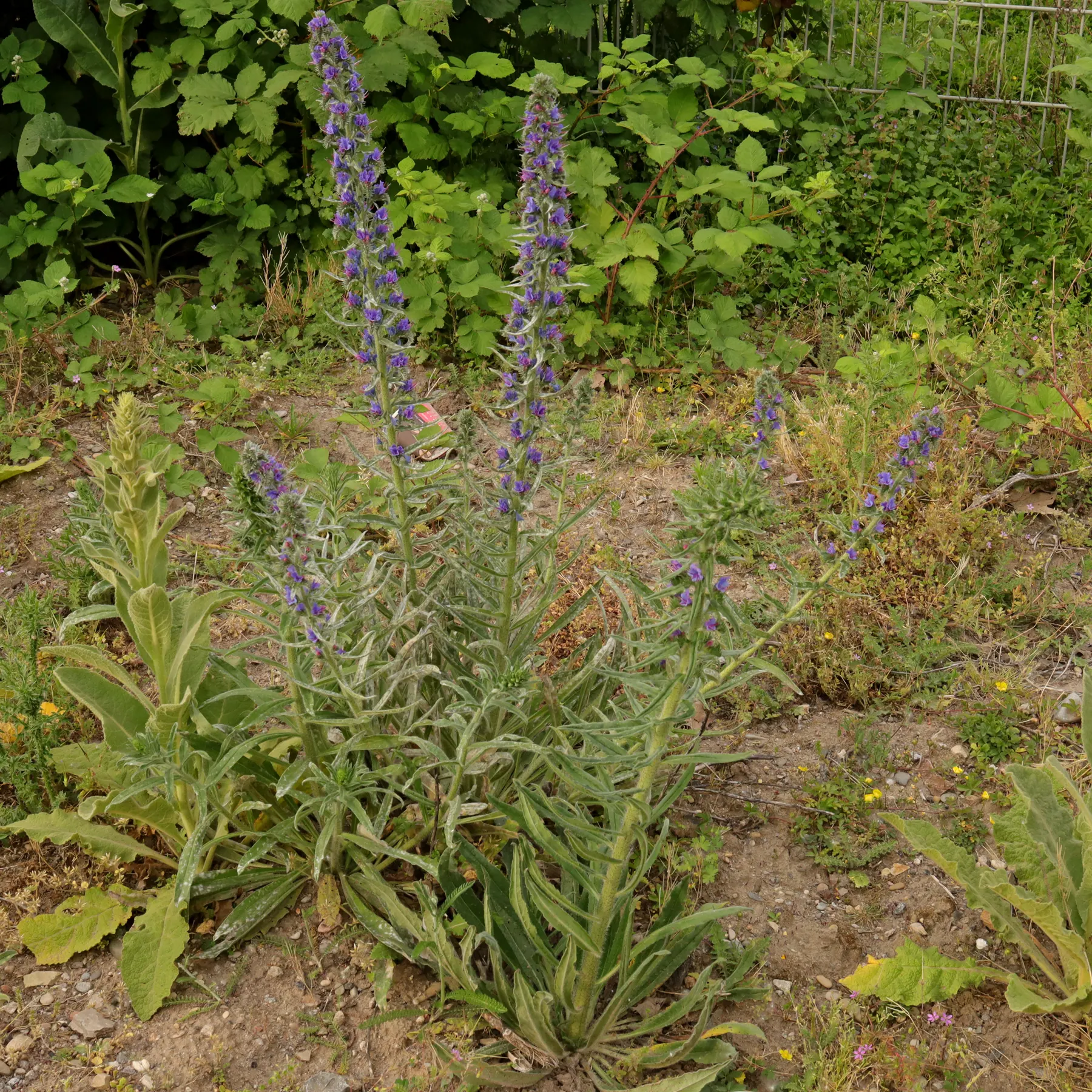


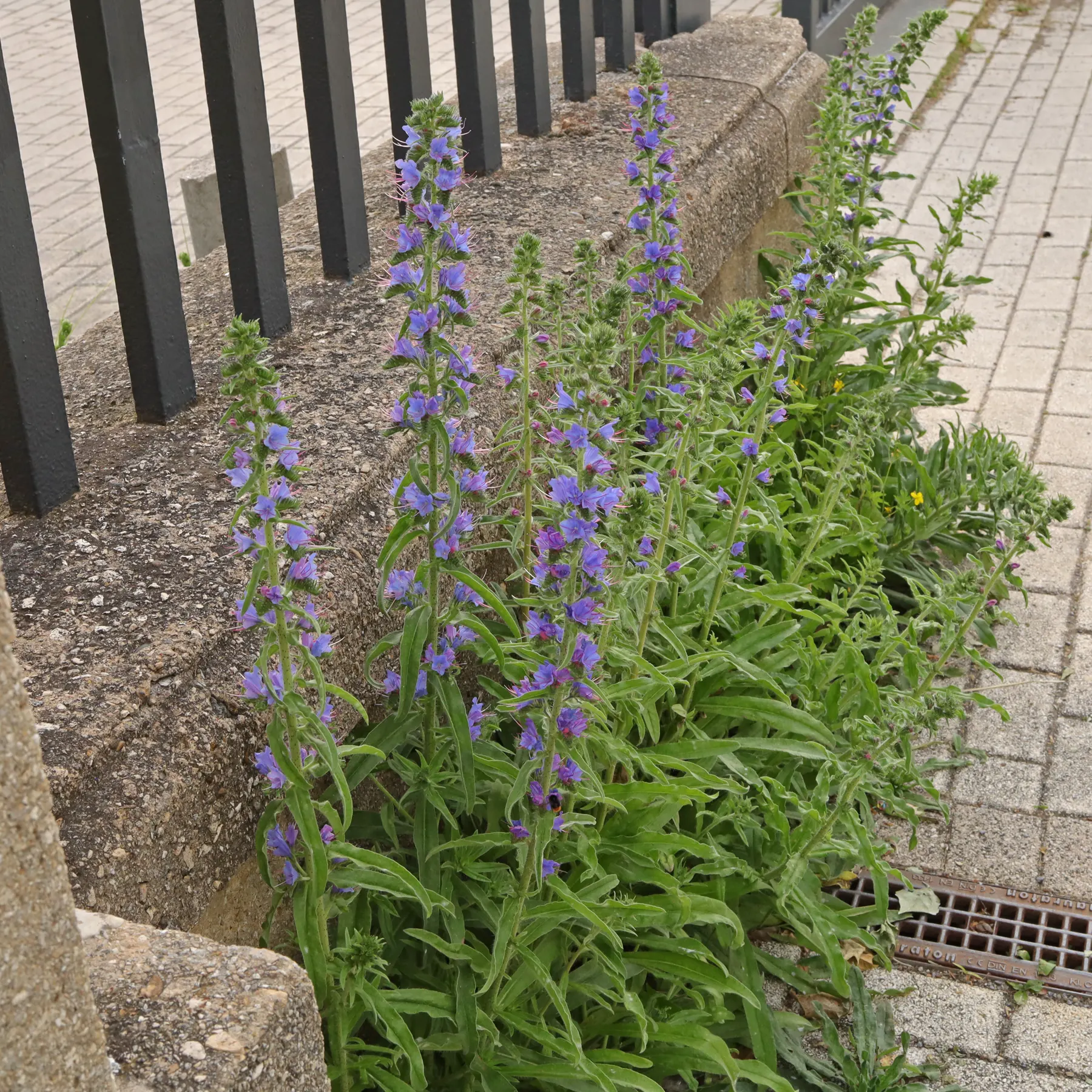
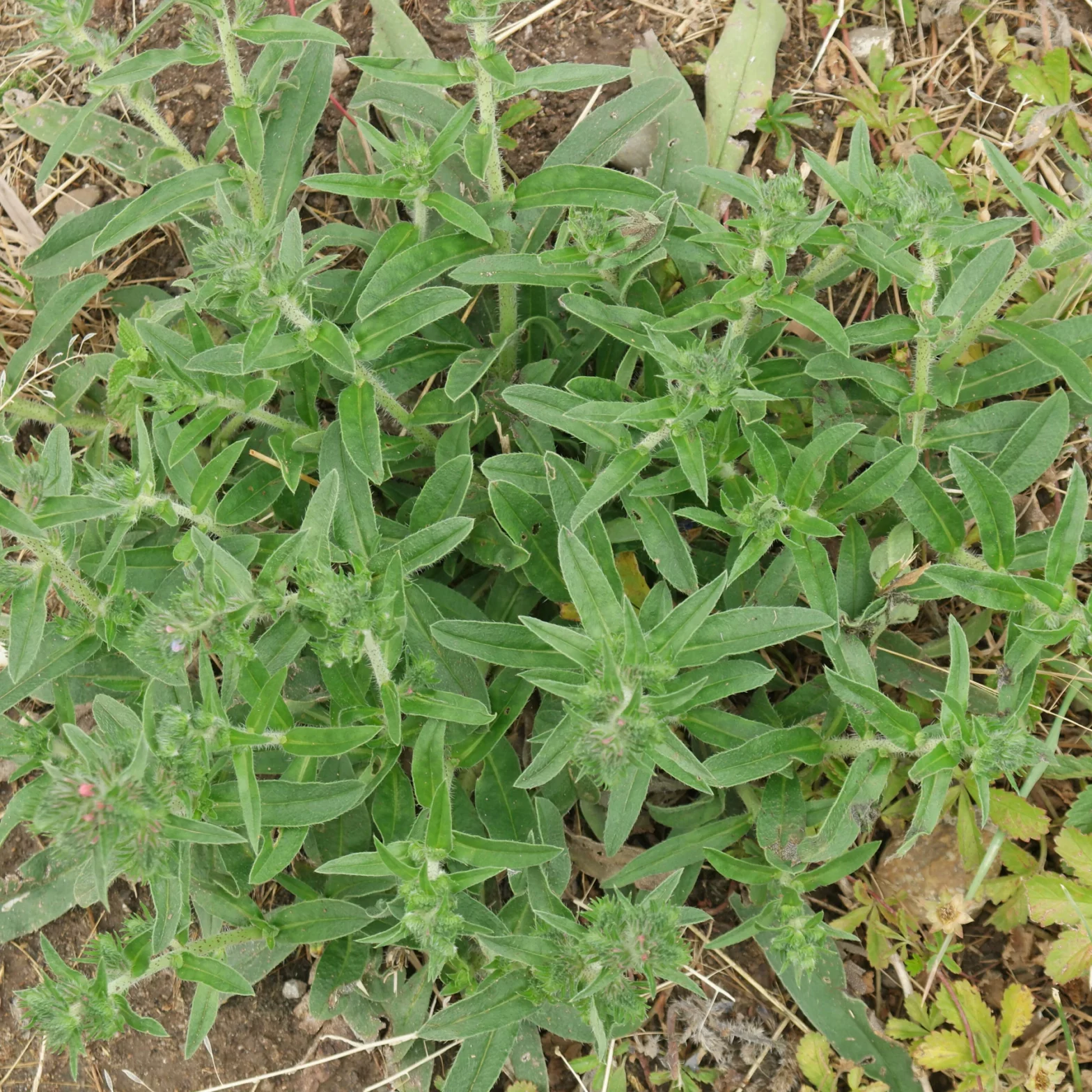
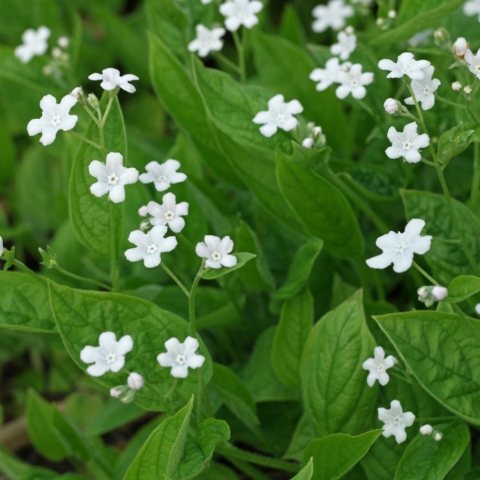 Omphalodes verna
Omphalodes verna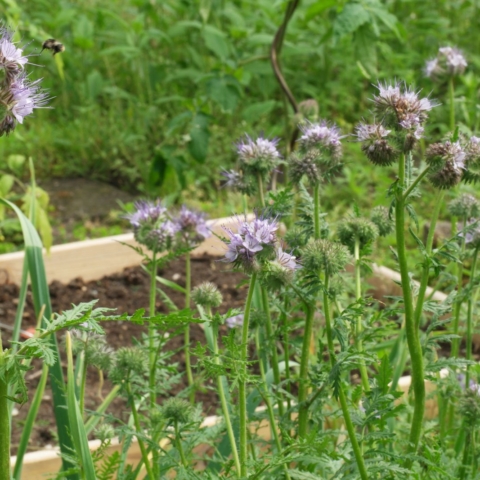 Phacelia tanacetifolia
Phacelia tanacetifolia Symphytum officinale (common comfrey)
Symphytum officinale (common comfrey)